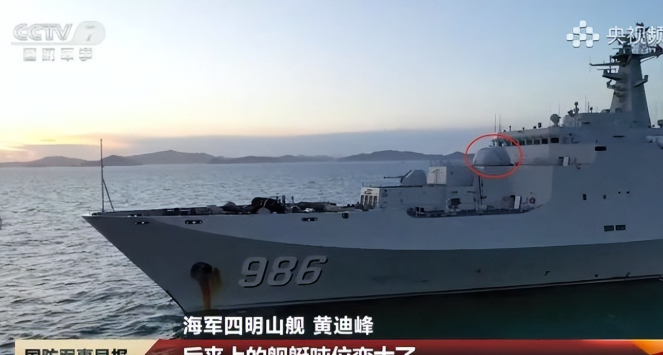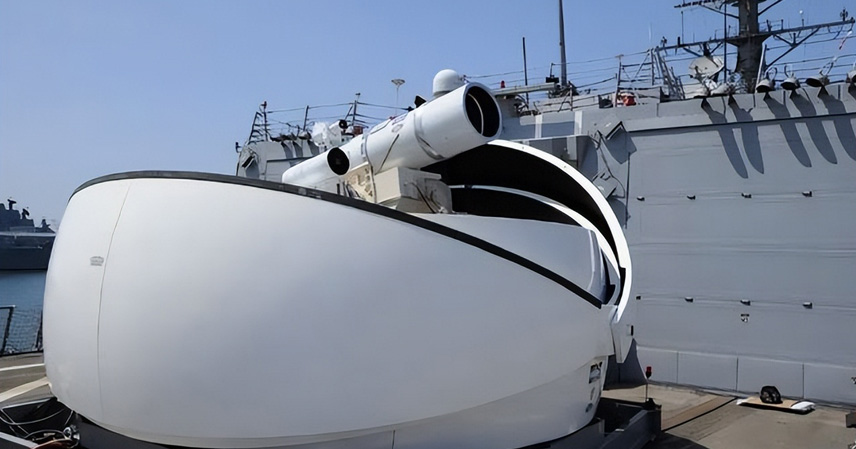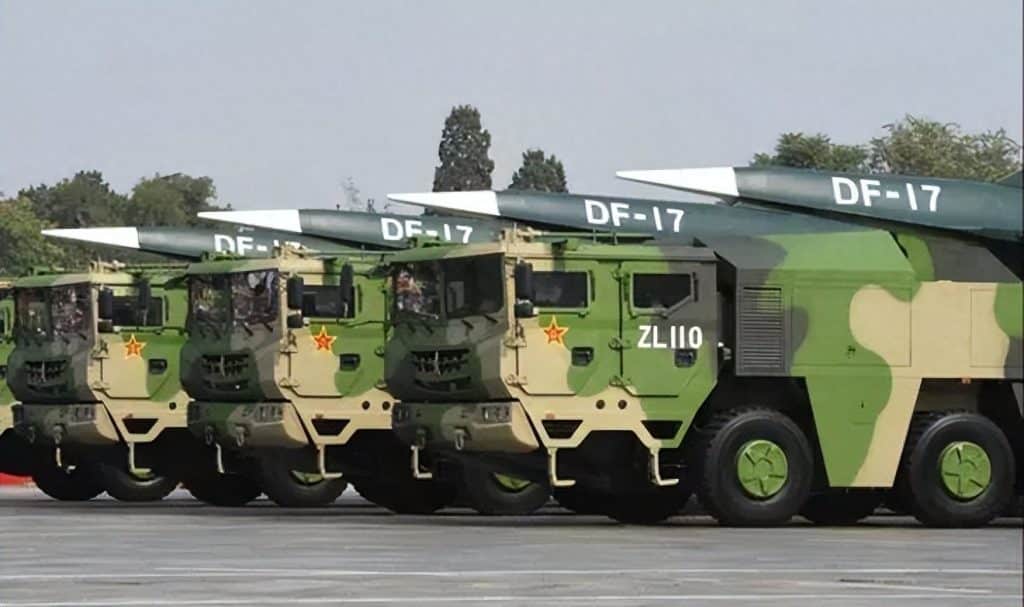On 3 October CCTV’s military morning bulletin unexpectedly put the spotlight on the Type 071 landing ship Siming Shan (hull 986) — and viewers noticed something new: a large turret‑like system mounted aft of the 76 mm main gun. That system matches the Liaoyuan‑1 (LY‑1) high‑energy laser first shown publicly during the 3 September parade. The footage confirms the LY‑1 is now aboard an operational platform, and the implications merit a careful look.
Why a Type 071 (Siming Shan) is a Logical Testbed
The Type 071 amphibious dock landing ships are large, power‑capable platforms (displacement ~20–25,000 tonnes) with generous deck space, onboard generators and roomy hangars — all useful for installing energy‑intensive systems. The Siming Shan’s internal volume and existing power infrastructure make it a natural first host for a shipborne directed‑energy system, enabling testing without redesigning a smaller combatant’s power plant. CCTV’s clip and subsequent press imagery show the LY‑1 sited neatly in the superfiring position behind the bow gun — a compact, serviceable installation for trials.

What the LY‑1 Looks Like — and How It Works
Public images and reporting describe the LY‑1 as a turret‑style, directorised system with multiple optical apertures: a large emitter window and supporting sensors for electro‑optical/IR tracking, laser rangefinding and beam control. The shipborne variant adds a retractable protective dome to shield optics from spray and salt corrosion. The platform needs substantial power conversion, thermal management and pointing/beam control packages — all consistent with the visible size of the unit.
Estimated Performance: Higher‑Power Than Earlier Systems?
Open reporting and defense outlets estimate the LY‑1’s output in the ~180–250 kW class — above many fielded Navy demonstrators such as reported U.S. ship‑board systems near ~150 kW. Higher continuous power improves engagement range and the ability to defeat small, resilient targets (loitering munitions, swarms of drones, or seeker heads on incoming missiles) by causing sensor/electronics failure or burning through structure at tactically useful ranges. Directed‑energy shots cost only electricity per engagement, offering potentially very low per‑engagement cost compared with missiles.

Operational Role: Point‑Defense and Cost‑Effective Intercepts
On a littoral amphibious ship, LY‑1 fills a clear defensive niche: short‑to‑medium range defeat of numerous low‑cost threats that would exhaust missile inventories. In exercises reported after installation, operators reportedly achieved rapid sensor lock and effect on simulated targets, consistent with a point‑defense role: a fast, deep magazine (electrical energy), rapid engagement cadence, and low marginal cost per shot. That combination is especially relevant for protecting landing forces, decks and small escorts in contested littoral zones.
Technical Limits and Environmental Factors
Directed‑energy weapons are not a universal solution. Atmospheric attenuation (rain, fog, haze, sea spray) reduces effective range and power on target; beam quality and thermal blooming limit performance over long standoffs. Power and cooling remain engineering bottlenecks: sustained high‑power firing requires robust generation and heat rejection systems, which larger hulls like the Type 071 can accommodate more easily than smaller frigates. So the LY‑1 is a powerful addition — but one tailored to specific threat spectra and environmental constraints.

Industrial and Strategic Context
China’s public parade display and rapid fielding reflect long‑term investment in directed energy: experimental and prototype work has advanced through incremental kilowatt classes to the new high‑power systems. International responses were quick — analysts note China’s laser efforts now appear competitive with, and in some measures ahead of, other nations’ naval directed‑energy demonstrators. The LY‑1’s deployment signals Beijing’s interest in integrating directed energy into layered naval defenses — not as a replacement for missiles, but as a cheaper, high‑rate layer against swarms and sensors.
What to Watch Next
- Follow‑on installations: additional Type 071s or larger escorts may receive similar systems for wider fleet tests.
- Operational trials: record of engagements in varying weather will reveal true arc of effectiveness.
- Doctrine adjustments: how the PLAN integrates laser systems into ship air defense and amphibious protection will indicate strategic emphasis.
References
- CCTV Military Channel, “Defense Morning News” coverage (3 Oct 2025) — Siming Shan footage and equipment observation.
- Reuters, “What weapons China put on display at its military parade” (3 Sep 2025).
- Naval News, “Chinese military parade highlights naval drones and missiles” (Sep 2025).
- South China Morning Post, analysis of LY‑1 and high‑power laser claims (Sep 2025).
- HK01 reporting on LY‑1 public exposure and claimed performance (Oct 2025).



